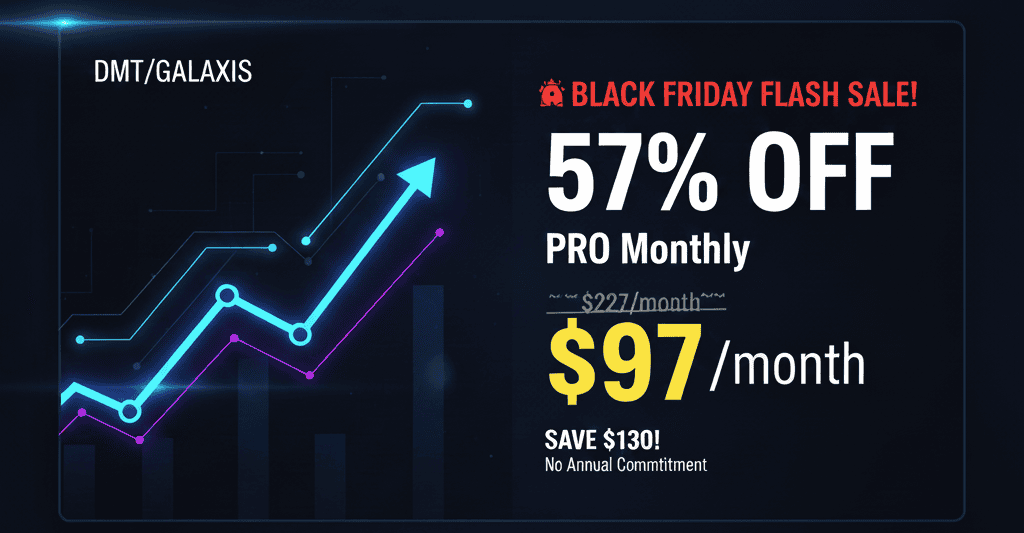Benefits of Using Unified Customer Engagement Platforms
The benefits of using unified customer engagement platforms are significant, particularly for businesses seeking to enhance their marketing effectiveness and customer interactions. These platforms consolidate various communication channels into a single interface, enabling seamless management of customer relationships.
Multi-Channel Marketing Strategies
Unified customer engagement platforms facilitate the execution of multi-channel marketing strategies. By integrating email, social media, live chat, and SMS into one system, marketers can deliver consistent messaging across all touchpoints. According to a study by HubSpot, companies that use multiple channels effectively retain 89% of their customers compared to 33% for those that do not . This indicates that engaging customers through various channels improves retention rates and fosters loyalty.
To implement an effective multi-channel strategy:
- Identify the primary channels your audience uses.
- Develop tailored content for each channel while maintaining brand consistency.
- Use the platform’s analytics tools to monitor performance across different channels.
So you can create a cohesive experience that resonates with your audience at every interaction point.
CRM Integration Advantages
Integrating Customer Relationship Management (CRM) systems with unified engagement platforms streamlines data flow and enhances customer insights. This integration allows businesses to access comprehensive customer profiles, making it easier to personalize communications based on past interactions.
For instance, Salesforce reports that integrating CRM systems with marketing automation tools can lead to a 30% increase in sales productivity . The ability to analyze historical data enables targeted campaigns that address specific customer needs and preferences.
Follow these steps for successful CRM integration:
- Choose a unified platform compatible with your existing CRM.
- Map out the data fields needed for synchronization.
- Test the integration thoroughly before full deployment.
So you can leverage enriched data insights to drive more effective marketing initiatives.
Real-Time Analytics for Marketers
Real-time analytics is a critical feature of unified customer engagement platforms that empowers marketers with immediate insights into campaign performance. By tracking key metrics such as open rates, click-through rates, and conversion rates in real time, businesses can make informed decisions quickly.
Research shows that companies using real-time analytics improve decision-making speed by up to 5 times compared to those relying on traditional reporting methods . This agility allows businesses to adjust strategies promptly based on current performance data.
To utilize real-time analytics effectively:
- Set up dashboards within your platform that highlight essential KPIs.
- Regularly review this data during campaign execution.
- Adjust tactics based on performance trends observed in real time.
So you can enhance responsiveness and optimize campaigns continuously throughout their lifecycle.
Checklist for Implementing Unified Customer Engagement Platforms
- Identify key business objectives aligned with enhanced customer engagement.
- Research available platforms focusing on multi-channel capabilities and CRM integrations.
- Assess user reviews and case studies from similar industries.
- Plan training sessions for staff on utilizing new tools effectively.
- Establish clear metrics for evaluating platform success post-implementation.
FAQ
What are the key advantages of unified customer engagement platforms?
The primary advantages include improved communication efficiency across channels, enhanced data insights through integrated CRMs, and the ability to execute targeted marketing campaigns informed by real-time analytics.
How do unified engagement systems improve ROI?
By consolidating multiple tools into one platform, businesses reduce costs associated with managing separate systems while increasing revenue through better-targeted marketing efforts based on comprehensive customer insights.
Can these platforms enhance customer loyalty effectively?
Yes, by providing consistent messaging across all touchpoints and personalizing interactions based on detailed profiles derived from integrated data sources.
What metrics should I track when using a unified platform?
Key metrics include engagement rates (open/click-through), conversion rates from campaigns, overall sales growth attributed to engaged customers, and retention rates over time.
How do I choose the right platform for my business needs?
Evaluate potential platforms against your specific requirements regarding features like multi-channel support, CRM compatibility, ease of use, scalability options, and pricing models suitable for your budgetary constraints.
Utilizing unified customer engagement platforms provides distinct advantages that streamline operations while enhancing client experiences—ultimately driving higher satisfaction levels and improving business outcomes in today’s competitive landscape.
